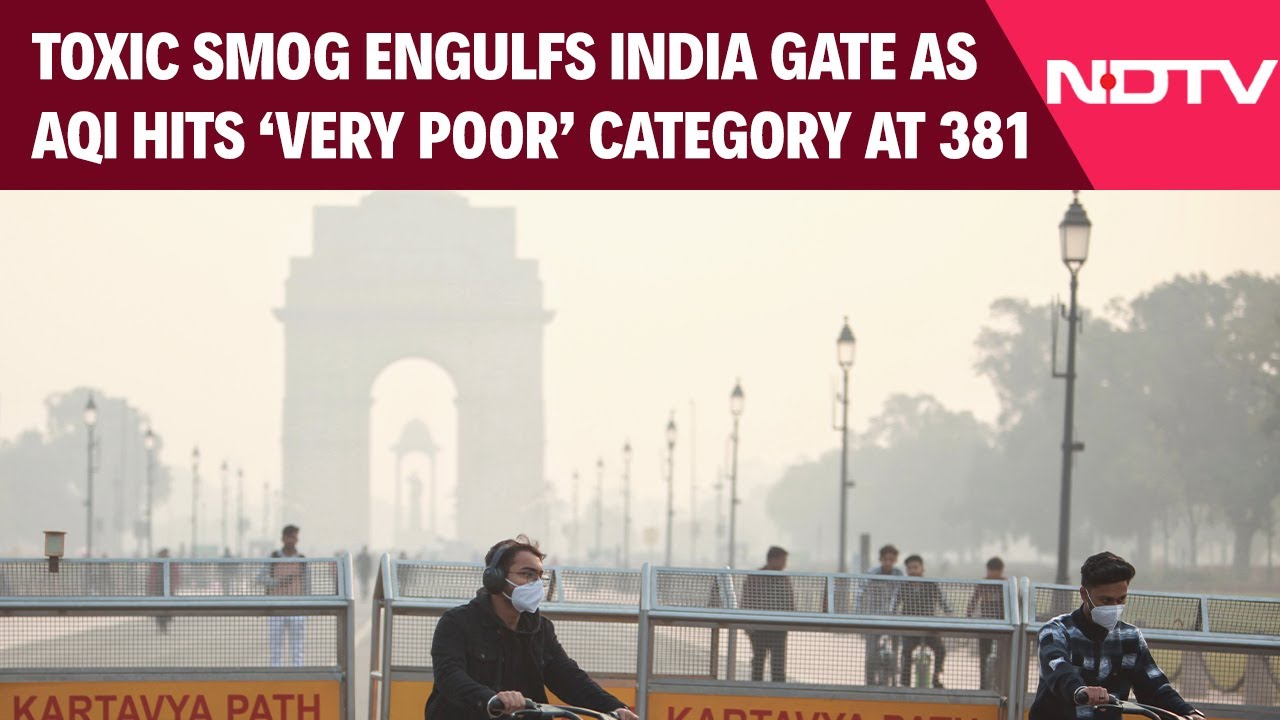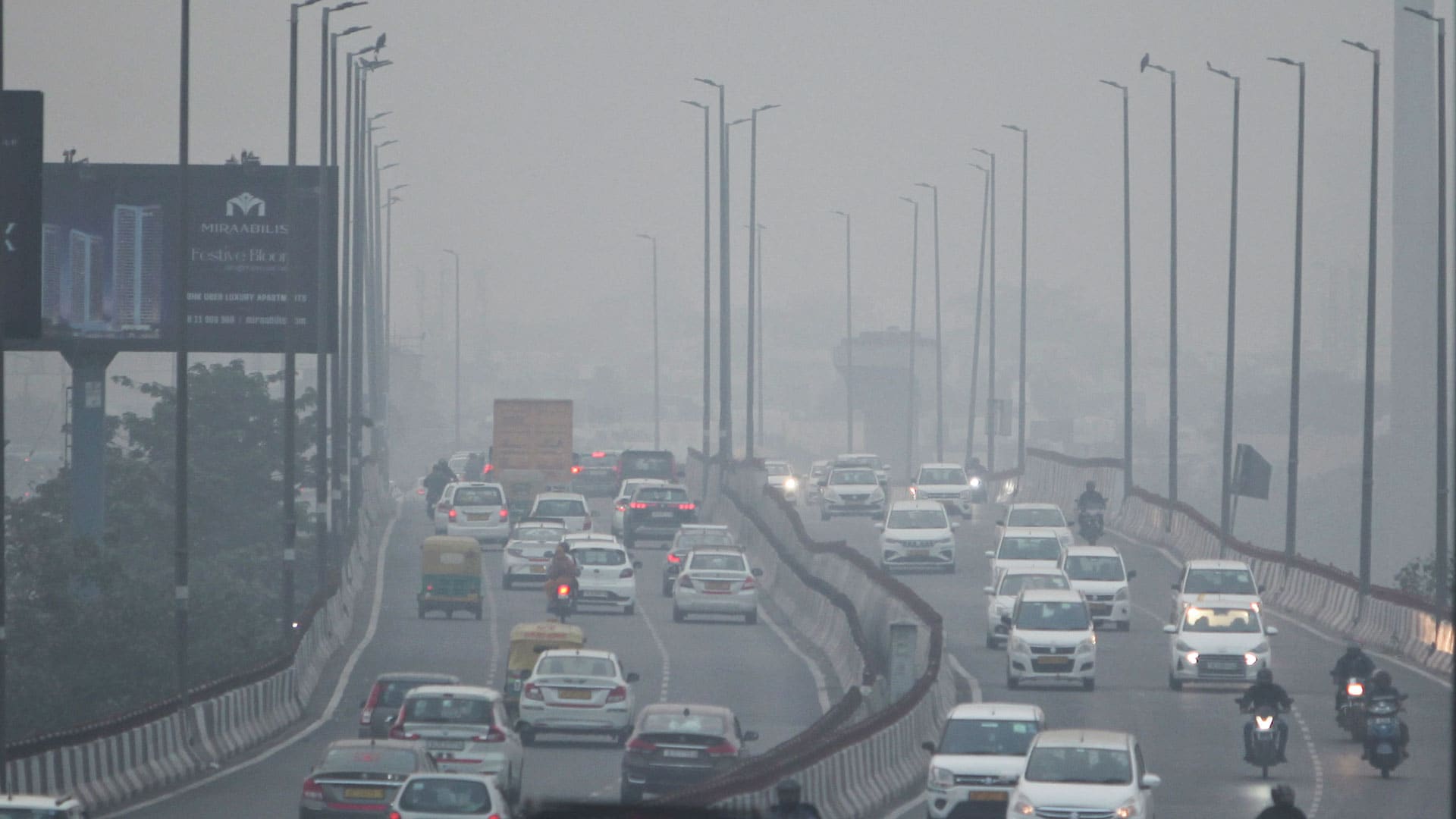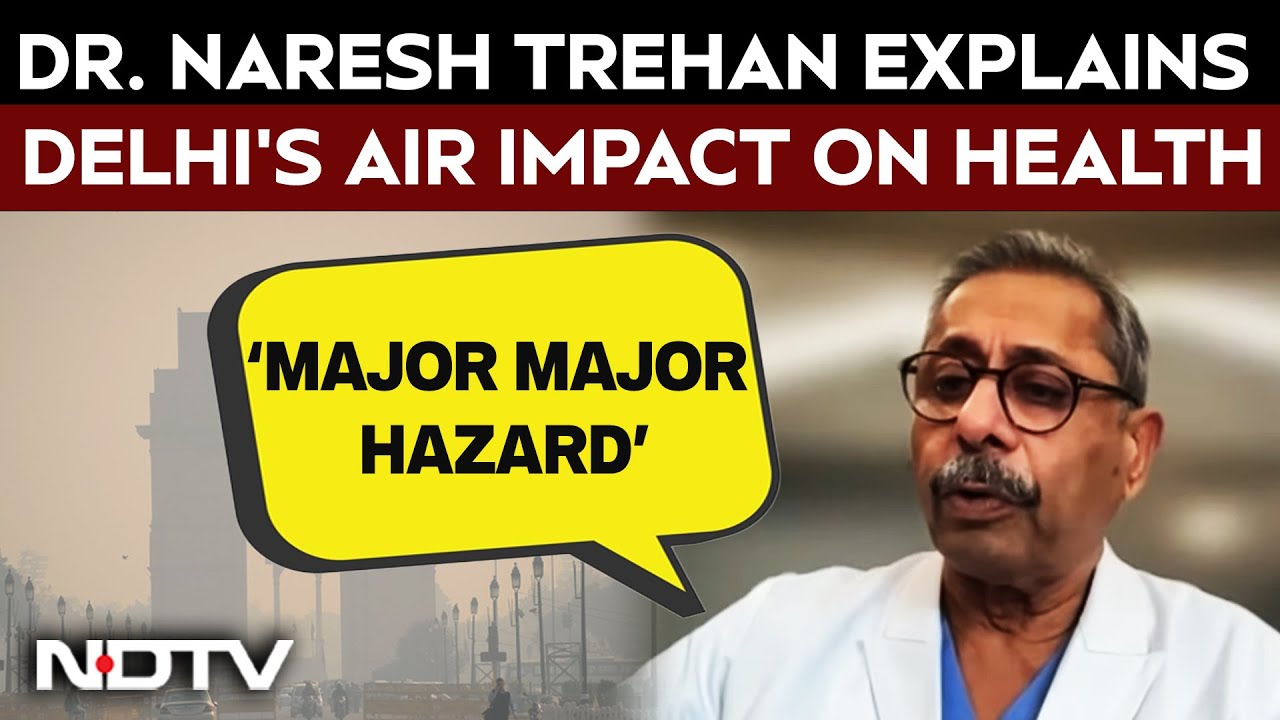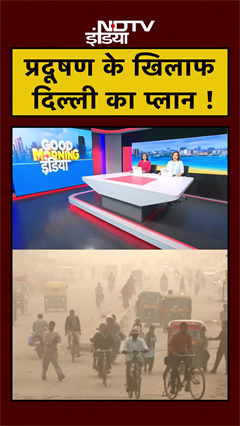- Home/
- "13 Hotspots...": Arvind Kejriwal Lists Delhi's Plan To Combat Air Pollution
"13 Hotspots...": Arvind Kejriwal Lists Delhi's Plan To Combat Air Pollution
Delhi Chief Minister Arvind Kejriwal today unveiled the 'Winter Action Plan' to tackle air pollution.
Mr Kejriwal said that 13 pollution hotspots have been identified across the national capital. "Inventorisation of major air pollution sources from hotspots have been completed for focused preventive actions," a statement said.
He said water sprinklers will be used to settle the dust and alternative routes will be used for about 90 roads that have heavy traffic throughout the day.
"385 teams have been formed to check vehicles' pollution certificates and prevent the plying of overage cars," he said.
The Supreme Court in 2018 had banned diesel and petrol vehicles older than 10 and 15 years, respectively, in Delhi.
Mr Kejriwal said burning garbage in the open is banned in Delhi and 611 teams will monitor this.
He also urged people to download the Green Delhi mobile application and report any pollution-causing activity to the concerned department.
The Chief Minister instructed the officials to strictly follow the guidelines and ensure the implementation of the 15-point plan in a bid to combat pollution.
Every year in winters, the Delhi government formulates an action plan and adopts various measures.
Citing data, Mr Kejriwal said that the pollution levels have declined in the city due to government initiatives.
The Chief Minister also said that the firecracker ban in Delhi has been immensely successful.
also read
Delhi Air Quality Nears "Severe" Category, Many Areas Already In Red Zone
Indo-Asian News ServiceDelhi Chief Minister Urges Carpooling, Work From Home Amid 'Severe' AQI
Reported by Shreya Ghosh, Edited by Srishti KapoorCleaner Start To November, Yet Delhi's Air Far From Safe, Data Shows
Reported by Ishika Verma
Latest Stories
- Written by NDTV Lifestyle Desk | Sunday November 09, 2025
Since the air in Delhi-NCR has become hazardous to breathe, you need to take a few measures to keep yourself and loved ones safe
- Indo-Asian News Service | Sunday November 09, 2025
Delhi-NCR woke up to a thick blanket of smog on Sunday as the Air Quality Index (AQI) plunged into the 'very poor' category across several parts of the city. In some areas, the situation was even grimmer, as AQI readings slipped into 'severe' zone
- Reported by Shreya Ghosh, Edited by Srishti Kapoor | Saturday November 08, 2025
As Delhi's air quality entered the "severe" category in multiple areas on Saturday, Chief Minister Rekha Gupta announced a targeted push to eliminate traditional cooking fuels in slum clusters, while ramping up citywide anti-pollution drives.
- Reported by Ishika Verma | Saturday November 08, 2025 , New Delhi
Delhi's air may be showing signs of improvement compared to last year, but it's still far from clean.
- Press Trust of India | Saturday November 08, 2025 , New Delhi
Delhiites are facing increasingly toxic air quality each day, with pollution levels crossing the 400 mark in several parts of the city on Saturday, making the national capital one of the most polluted cities in the country.
................................ Advertisement ................................
Latest Videos
Opinion
Opinion | Why Indians Have Just Given Up On Air Pollution CrisisTanushree Ganguly
Friday December 20, 2024While some may argue that people in Delhi are now more aware of air pollution than they were a decade back, my rebuttal would be that awareness does not mean that people are concerned.
Opinion | You Must Outrage Over Filthy Air More Than Once A YearJyoti Pande Lavakare
Tuesday December 10, 2024Delhi welcomed us with monsoon rains and mangos. We were home. Fast forward a couple of years, in the winter of 2012, I found myself in denial about something other parents, mostly expats, were calling toxic air.
Opinion | Delhi's Air Pollution Situation Is Like A Bad MarriageNishtha Gautam
Friday November 22, 2024On a good day, such as today, the AQI reading in Delhi is 407. We are jubilant at the sickly sunshine trickling through the slightly dissipated smog. At least its not 1600.
दिवाली... पराली... सियासी जुगाली!Ashwini kumar
Monday November 18, 2024दिल्ली-एनसीआर में प्रदूषण का समाधान तो आज तक मिला नहीं. हर साल चिंतित होकर हम-आप सांसों की तकलीफ के साथ-साथ दिल और ब्लड प्रेशर के मरीज भी क्यों बनें?
घर में कैद बुजुर्ग और हांफते लोग, दिल्ली की सांसों में घुला ये कैसा रोग?Nidhi Kulpati
Friday November 08, 2024हमारी हवा जहरीली हो रही है. गुरुवार की शाम को जब मैं इस मुद्दे पर लिखने बैठी तो AQI लगातार 400 पार जाकर दम घोंट रहा था. बहुत लोगों को यह मामला बोरिंग लगे, लेकिन जब आप अपने साथ काम करने वालों को खांसते-हांफते देखते-सुनते हैं, तो चिंता होने लगती है. सुबह उठते ही दरवाजे खिड़कियां खोलने के लिए डॉक्टर मना कर रहे हैं. बड़े बुजुर्गों के लिए तो मॉर्निंग वॉक बाहर की दुनिया से सीधे संपर्क का ज़रिया है, लेकिन डॉक्टर इसकी भी मनाही कर रहे हैं.


















